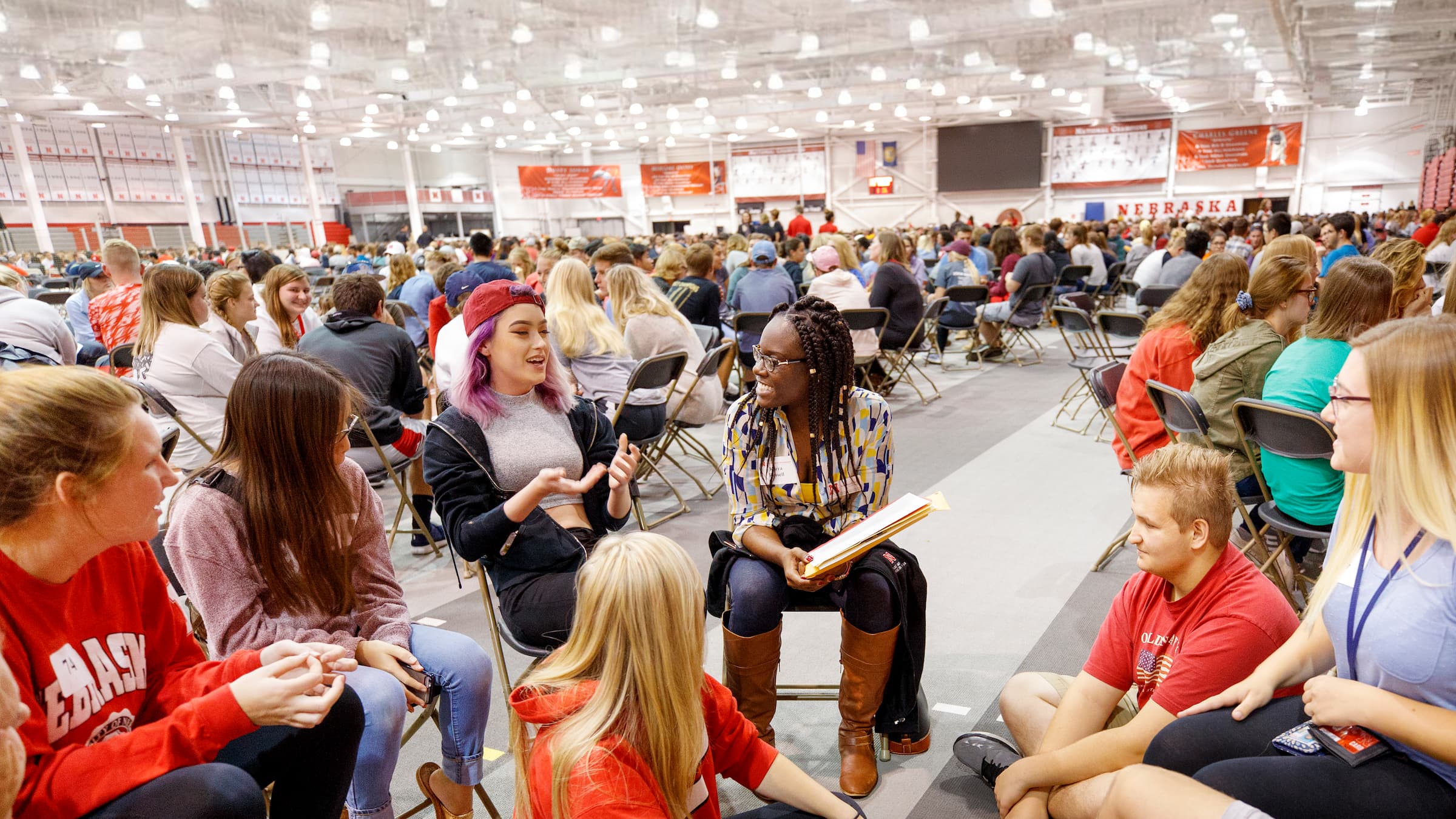This resource helps instructors design course materials in ways that serve the diverse needs of a wide variety of students, improving learning for all. Additionally, implementing digital accessibility practices in course materials helps meets the new ADA Title II Rule guidelines that requires all digital content, including course materials, at public universities follow the Web Content Accessibility Guidelines 2.1 Level AA.
Opportunity to participate in digital accessibility research
All UNL instructors are invited to participate in a study examining the accessibility of digital course materials in Canvas and how they impact students. If you are interested in participating or learning more, please go to go.unl.edu/coursedesignstudy or contact Dr. Ash Mitchell at amitchell22@unl.edu or Dr. Amy Ort at aort@unl.edu.
Digital Accessibility
Digital accessibility refers to formatting digital content in ways that remove barriers that prevent interaction with or access to digital content. Creating accessible digital content allows everyone, including students with disabilities, to participate in the learning experience more fully. Accessibility unlocks features in our technologies that some people need, and others often appreciate. For example, when captions are added to a video, it gives access to learners with hearing impairments. But the captions are also very helpful for multilingual learners, students studying in loud spaces, or wanting to pinpoint the spot they need in a lecture by searching the captions. When accessibility is implemented, it supports a wide range of learners.
Universal Design for Learning (UDL)
Accessibility is part of a larger framework called Universal Design for Learning (UDL). The UDL framework is designed to improve and optimize teaching and learning for all people based on scientific insights into how humans learn. UDL includes accessibility measures and considers ways to address a wider range of barriers, such as motivation, background knowledge, and executive function. This framework focuses on providing different types of materials, engaging students using active learning strategies, and assessing learning using many types of assessments.
Get AMP'd!
Join our Summer 2025 Accessibility Motivation Plan community and get your courses ready for Title II.
CTT Digital Accessibility & UDL Resources
Online Training
The Digital Accessibility Training in Bridge is a 1–2-hour online training about the basics of digital accessibility for our UNL technologies and Universal Design for Learning.
Online TrainingHow to Approach Making a Course Accessible
This resource provides strategies that can make the process increasing digital accessibility in your course much more manageable.
How to Approach Making a Course AccessibleSpring 25 Workshop Recordings
This workshop series covered digital accessibility in commonly programs and Universal Design for Learning. Past workshop recordings and slides are available on this page.
Spring 25 Workshop RecordingsDigital Accessibility Checklists
These checklists will help you make your Canvas, Microsoft Office, audio & video, and PDF materials digitally accessible.
Quick Guide to Making Your Course Title II Compliant
This Canvas resource is a quick guide to making your courses Title II compliant and improving student learning.
Quick GuideSTEM Accessibility Resource
This guide provides resources for some of the most common challenges in STEM courses and how to make courses fully accessible.
STEM Accessibility ResourceCampus Resources
Center for Transformative Teaching
Instructional Designers can help by reviewing your course to look for content that might not be fully accessible, explaining the process of making different document types accessible, and thinking about ways to implement Universal Design for Learning.
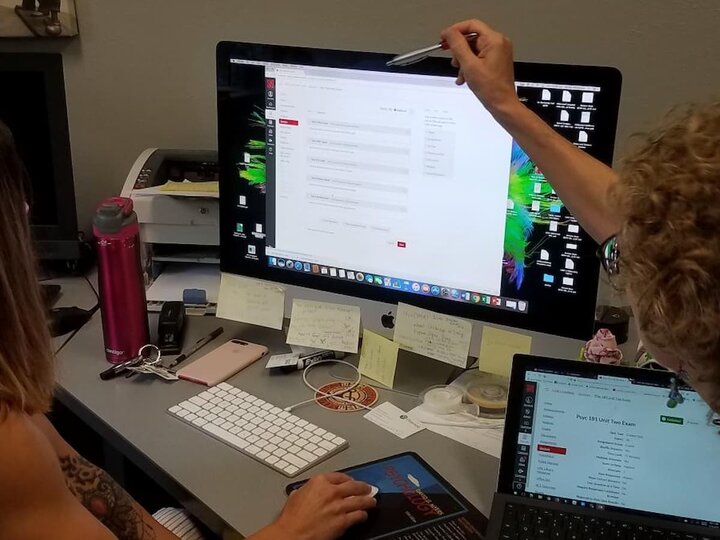
Institutional Equity and Compliance
IEC can help by providing accommodations to faculty and staff at the University of Nebraska-Lincoln.
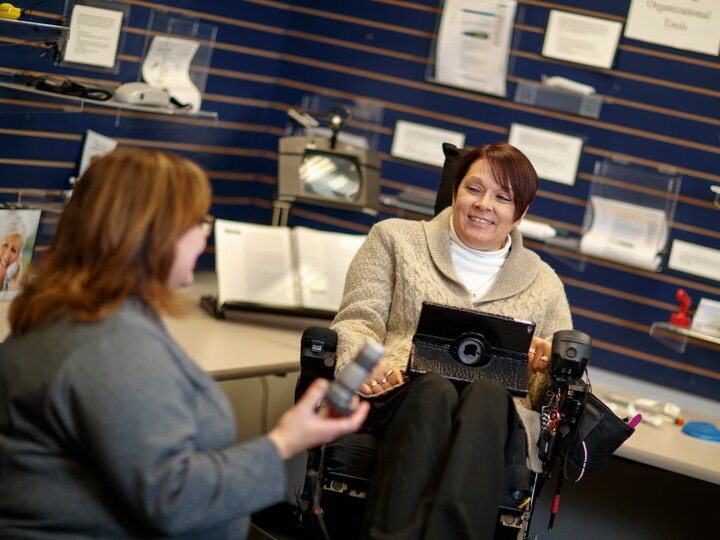
Services for Students with Disabilities
The SSD office can help by answering questions about student accommodations and consulting with faculty on implementation of accommodation plans.
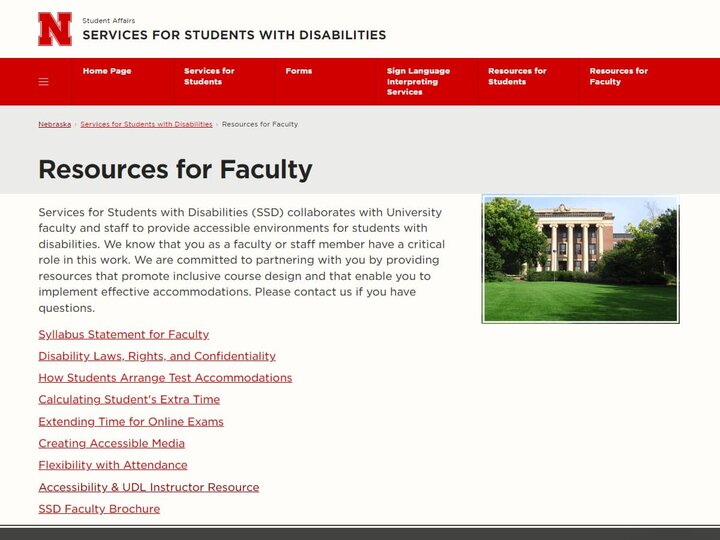
Information Technology Services
ITS provides instructions for academic technologies at UNL that include accessibility features like Zoom live-transcription and captioning in Yuja. They also run the Digital Learning Center(DLC), which can provide accommodations for students with disabilities.
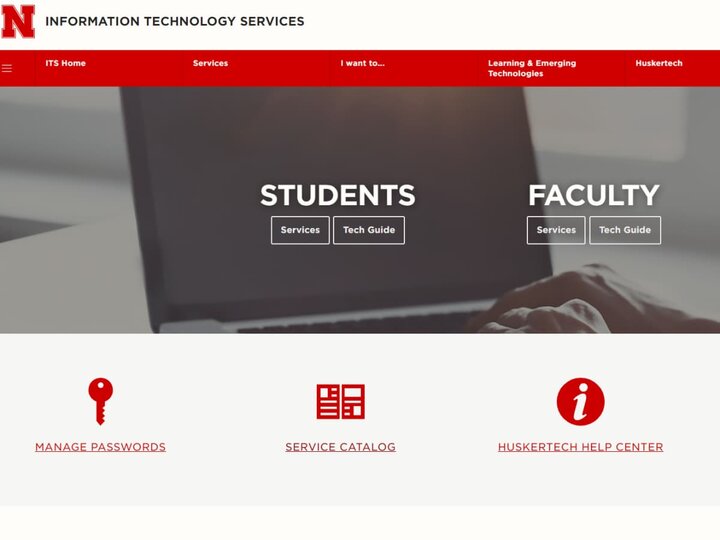
UNL Libraries
UNL Libraries can help by providing accessible digital content for students using course reserves and subject and course guides. Love library also has select accessibility equipment and technology in the building to ensure students with disabilities have access to learning & studying spaces while using the physical library resources.

